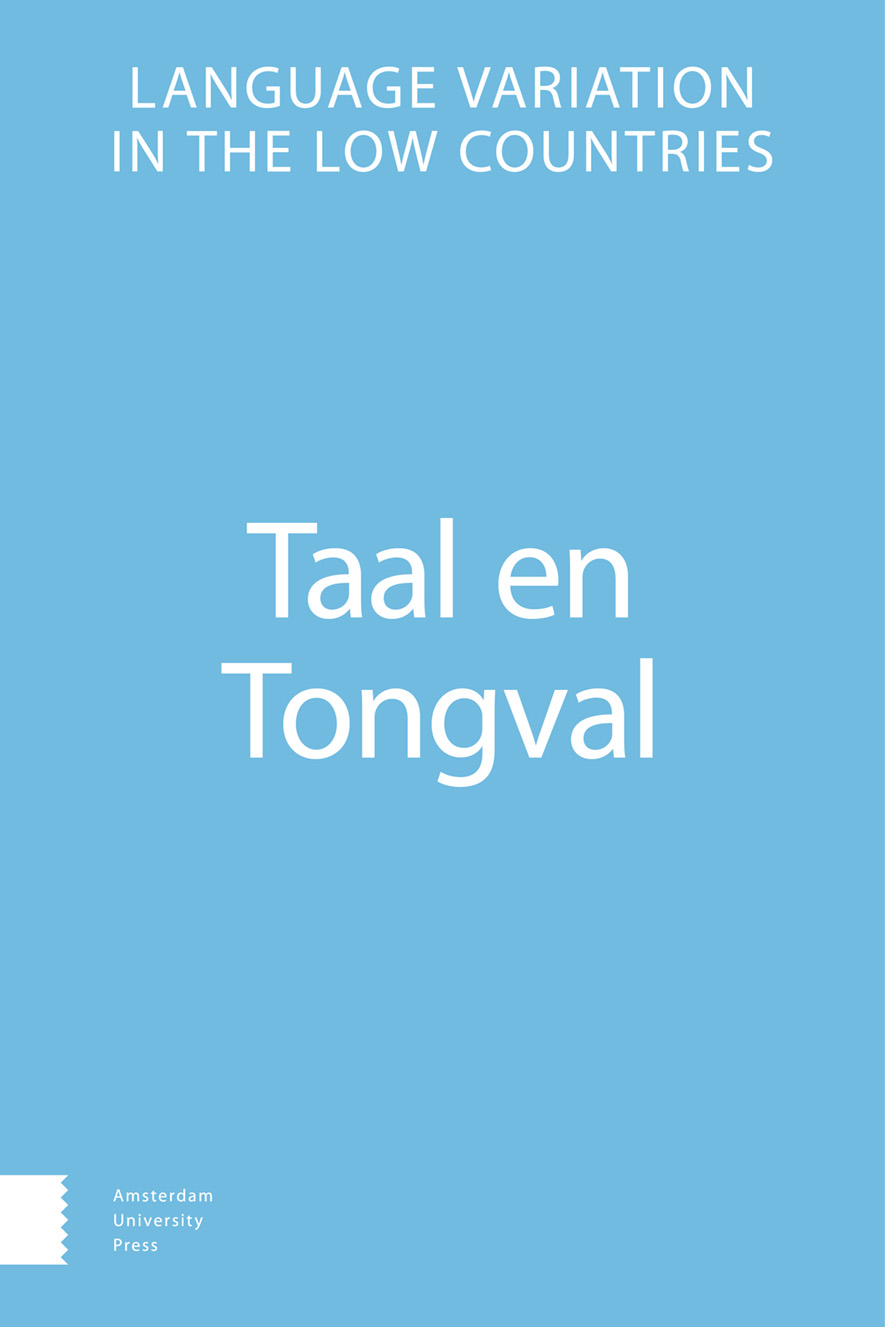-
oa Vormen en Functies van Meertaligheid in Oude Liederen uit de Lage Landen
- Amsterdam University Press
- Source: Taal en Tongval, Volume 75, Issue 2, Dec 2023, p. 169 - 189
-
- 01 Jan 2024
Abstract
Multilingualism can fulfil several functions, in both oral and written texts. Sometimes it is used when knowledge in one of the languages is insufficient, or in order to quote someone speaking another language. It may, for example, also be used to mark a certain identity or a conversational turn.
This article shows how multilingualism in old songs is used with the same intentions as in modern multilingual contexts. Multilingualism in religious and secular old songs is discussed and illustrated with examples. Two secular songs are analyzed in more detail. Sometimes, the rules that usually are followed in codeswitching seem to be violated deliberately in these songs, in order to accomplish certain effects, such as the expression of drunkenness, passion or great sorrow. The term translanguaging, used in modern sociolinguistics, seems to cover phenomena in the way songs have been written down centuries ago, too.
The data consists of multilingual songs in which one of the languages is Dutch.


